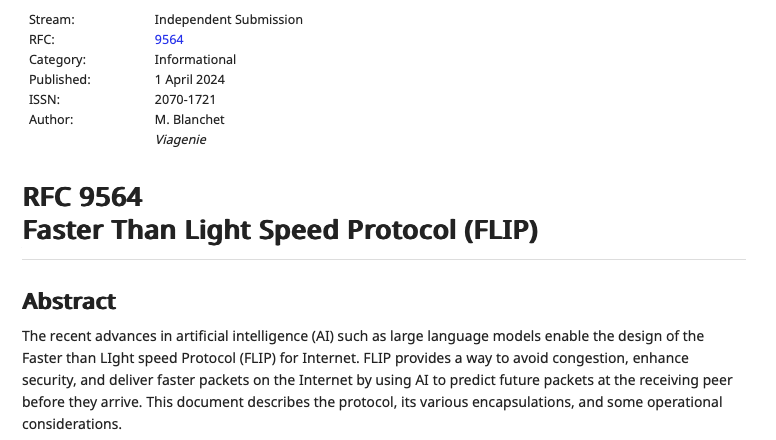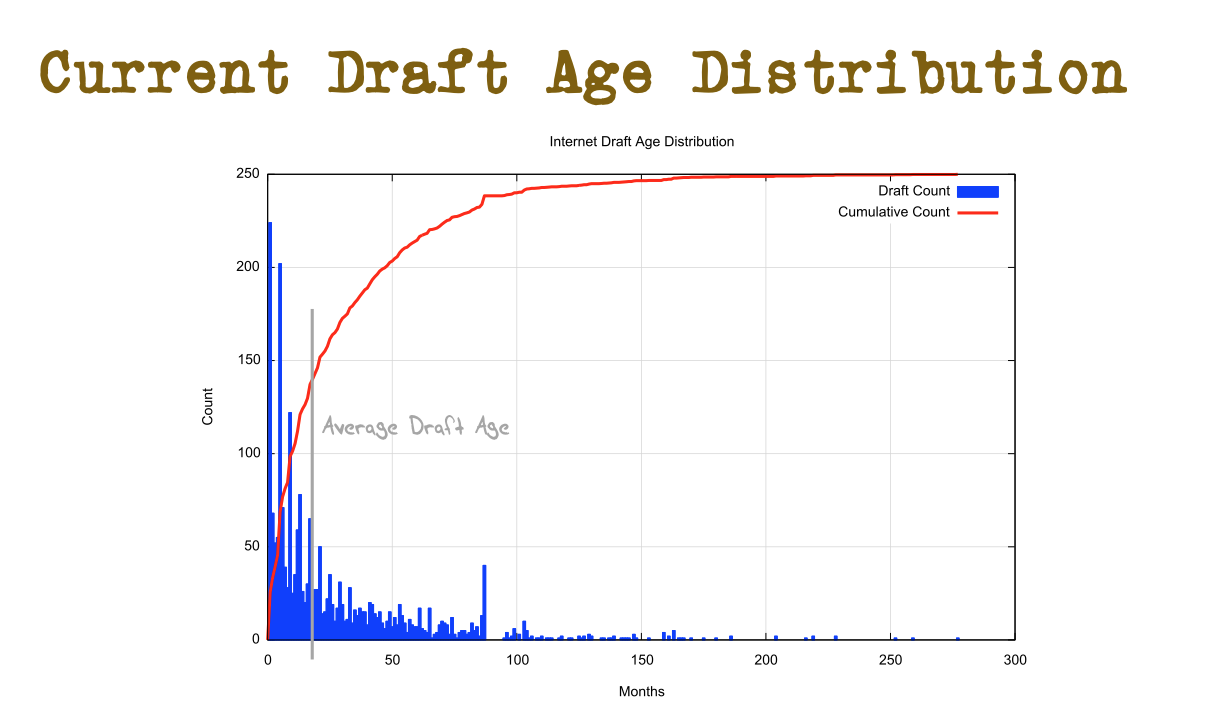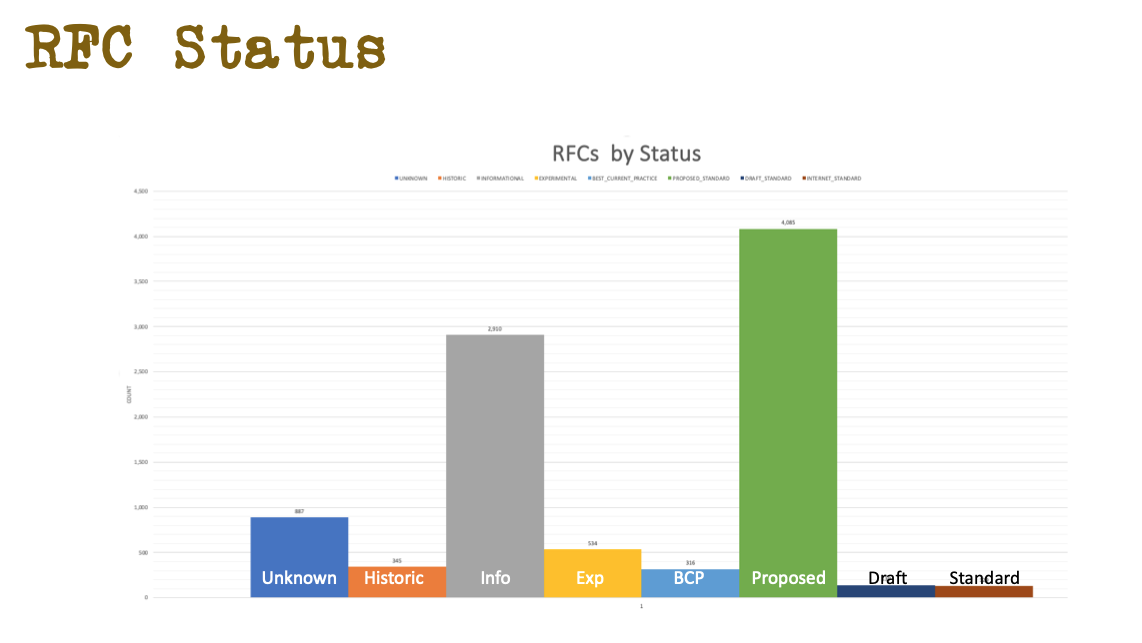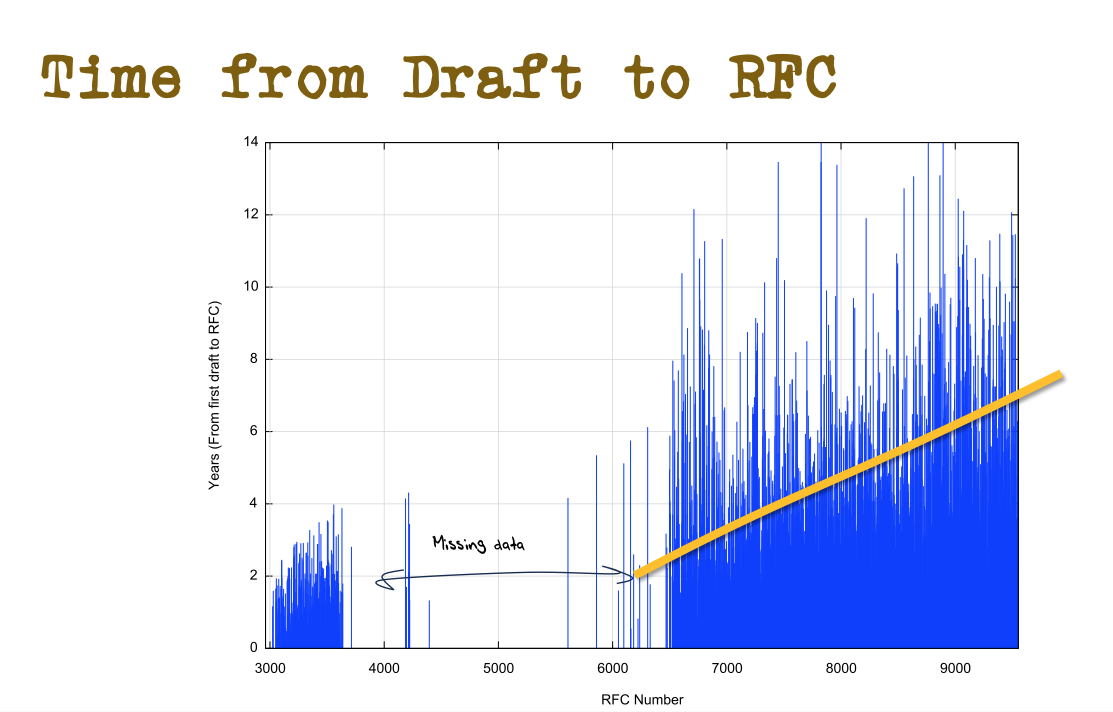Faster than light speed protocol, Post-quantum TLS, DNS
Marc Blanchet published yesterday the specification of the Faster than Light Speed Protocol in RFC9564. This new protocol leverages the recent advances in Artificial Intelligence to allow network devices to predict the next expect packet and thus react faster.

Eric Rescorla, one of the key authors of TLS, published a very detailed blog post that analyzes the recent advances in quantum computing and how this could affect the key derivation, signature and other cryptographic techniques that we use in TLS. It clearly explains how TLS could react by adopting post quantum cryptography techniques and the role that hybrid solutions could play.
The evolution of the Domain Name System (DNS) was discussed during IETF119. Geoff Huston provides a very detailed overview of the key points that were discussed in Brisbane.
The DNS HTTPS resource record is a new record that is notably used to support the utilization of TLS Encrypted ClientHello (ECH). This record was defined in RFC9460 dated November 2023. It is already being deployed and a recent technical report analyzes this deployment. A blog post provides sample packet traces containing this new record.
Geoff Huston analyzed the IETF archives to extract data about how long it takes for IETFers to agree on a protocol specification. The slides he presented at IETF119 contain some interesting graphs. While the average age of a draft remains reasonable, there are very old internet drafts that are still being discussed. In February 2024, the oldest and still alive draft was draft-kunze-ark-38.

Most of the published RFCs are either Proposed Standards or Informational documents.

While in the past it was possible to publish an RFC without roughly two years, during the last years the delay has more than tripled. It takes between 6 and 8 years to produce an RFC these days…

The University Chicago published interesting results about the evolution of peering links between different ISPs. Based on data provided by the ISPs, this study shows that the peering capacity between large ISPs has grown during the last five years. Since mid-2021, the utilization of these links remained between 30-35% during peak times, indicating that there is few congestion on those links.
This blog aims at encouraging students who read the open Computer Networking: Principles, Protocols and Practice ebook to explore new networking topics. You can follow this blog by subscribing to its RSS feed or by following @cnp3_ebook on mastodon. Feel free to share the posts that you find interesting on your preferred social network.
